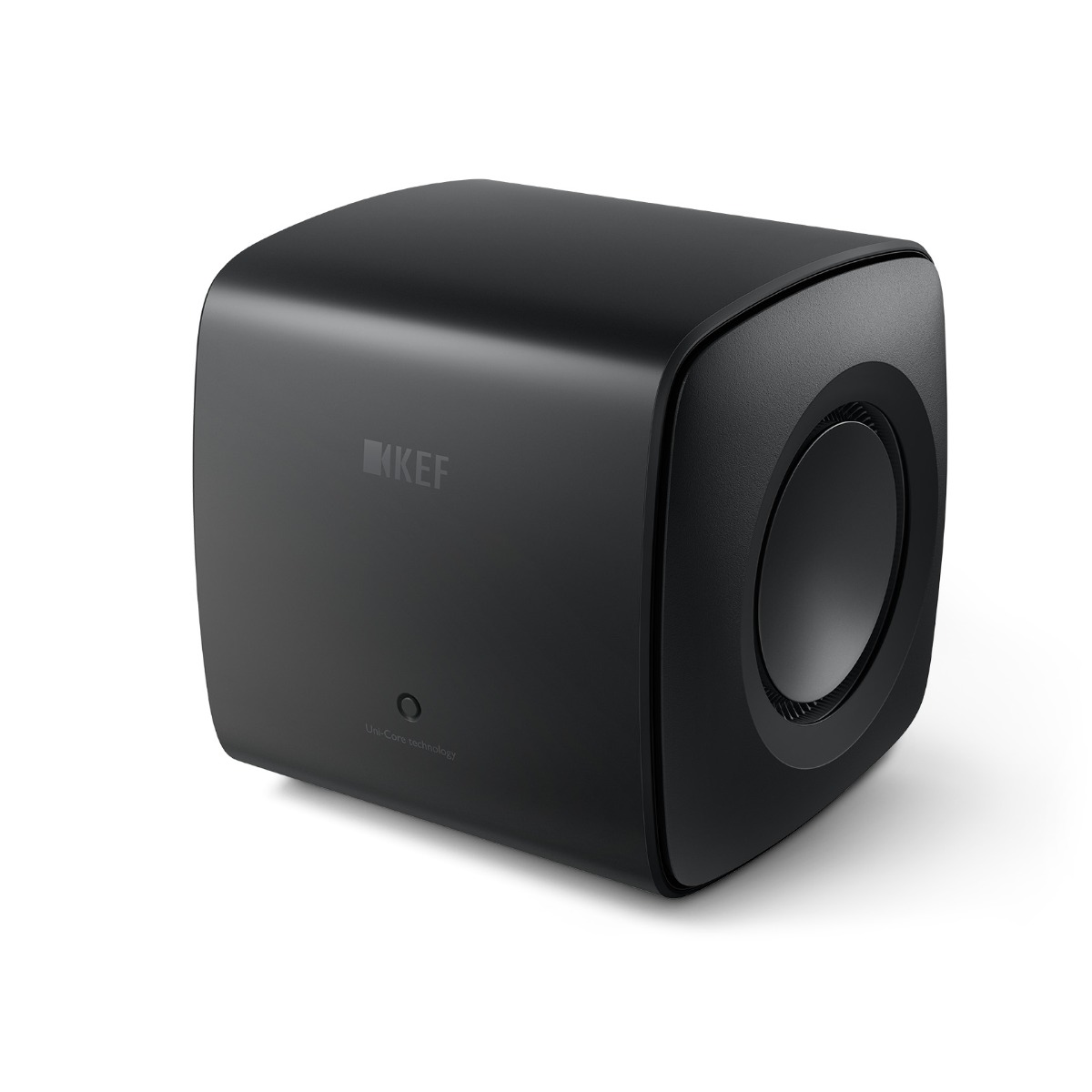A major challenge for music and movie lovers who live in apartments or townhomes is striking the balance between getting the full experience from your audio system and being a good neighbor. While it’s not easy – and certainly not perfect – there are a few things you can do to minimize neighbor angst that may also result in a better sounding system for you.
Some of these tips require a little more effort than others, and none of them alone will completely solve the problem of your bass invading your neighbor’s space, but you can try them one at a time until you find the setup that works best. When it comes to performance, a proper setup – especially in a small and unforgiving space – can do wonders even with a moderately priced system, and you just might find that a system that is running at peak efficiency is less likely to send energy through your walls and floors. Of course, if you listen at really loud levels, nothing will really help much, so the best tip in that case is to invite your neighbors over for movie night as often as possible.
Set the Output Volume Properly
If you can hear your sub as a separate audio component it is either in a bad location or the gain is set too high. Getting your sub in balance will increase the quality of your sound and it may reduce the energy spilling over into your neighbor’s space. For music absolutely, and for movies generally, you should not necessarily hear your sub as a separate component in your

system. You should feel and sense the sub is there without your attention being drawn to it. When setting your volumes, start with the sub at its minimum and slowly raise the volume until you hear it and your eyes are drawn toward it. At that point back the volume off slightly until the bass is in the room evenly without a noticeable origin. As you raise and lower the overall system volume the sub output will be smooth and succinct.
That Brings Us to Location
Subs are generally placed along walls and in corners simply out of convenience but from an audio and neighborly point-of-view those locations may not be the best place to put your sub. Try placing it in the middle of the room or near your main listening seating. You can hide the sub under a table or behind a chair if necessary. A sub that is closer to you may lessen the need for you to pressurize the entire room with bass energy just to get the sense of vibration and deep sound you are looking for.
Do the Subwoofer Crawl

Place your subwoofer where the main listening chair normally goes and play some bass heavy material. Then crawl around your floor with your head at the same level as your sub until you find the spot where the sub sounds best – you’ll be surprised at how much the quality and volume of the bass changes as you move around your room!
Once you’ve located the best sounding spot (bass is even, precise, clear and at a good volume as compared to anywhere else) you’ve located the spot to place your sub. Simply place the sub in that spot and put your chair back where it belongs. Of course, the best spot in the room might be in the middle of the floor so that’s up to you as to whether you want to keep it there or compromise and use the second best spot along a wall or other out-of-the-way place.
Hardwood Floors?
They’re a problem as they tend to let the energy travel further before fading out. Carpets are helpful, properly placed absorptive material is generally even better: Bass is often improved by placing traps and other energy absorbers throughout the space. That all can help a great deal, but this is one of those tips that may require more time and money than you are willing to put into solving the problem.
While it may be somewhat helpful to place isolation or absorption directly under the sub (especially when you are dealing with a common wall in a timber-framed building) only a certain amount of energy is direct-transfer from the sub cabinet to the floor. The larger culprit is a room that has been pressurized with a large amount of bass energy. Obviously, the closer you or an object is to the subwoofer itself the more energy you (or the wall) will experience.
Placing your sub at an angle to your common wall may help cut the energy transferred through the wall by a dB or maybe two – which may sometimes be all you need. Also placing your sub on an outside wall (and at an angle) can help a lot too. Try to place your sub as far away from the wall as is possible, especially if it is ported.
Know where the structural columns in your room are? Place your sub near one and let the column absorp the bulk of the energy before transferring it to your neighbor’s place.
And as always – corners are just simply not a good idea, unless you want boomy, uncontrolled bass that may actually sound better next door or in the apartment below than it sounds in your own room.
What About Products Designed to Reduce Vibration?

Yes. And No. Mostly no, but maybe a little. There are several products on the market specifically designed to isolate your subwoofer from the floor. Purely as a method to reduce vibration leaking into common walls or floors they will probably not help much. They may reduce sound energy leaking through a common wall by a dB or less and that may be helpful but before you run out and spend $70 on a piece of foam in the hopes that your neighbor will stop calling the cops – be prepared to explain to the cops that your solution didn’t work like you thought it would.
On the other hand, that type of isolation may help the perceived performance your subwoofer by reducing comb filters and reflections. Some folks call this the “placebo effect.” A placebo in medicine is probably not a great thing, but when it comes to audio if you perceive something as being better then it's better – whether the science disagrees with you or not.
A Totally Unintuitive Solution
Two subwoofers. Yes, you can reduce the amount of bass energy your neighbors are hearing by adding a second subwoofer. Of course, you need to have them set up properly and playing at a balanced volume, but a second subwoofer will eliminate standing waves which may be crushing your bass volume where you sit while raising it to rafter-shaking levels elsewhere. Also, two subwoofers may help pressurize your room to a decent listening level without forcing your one sub to work as hard with the result of more perceived bass where you are sitting and less perceived bass in your neighbor’s place.
Common Sense Tips
Use the night setting on your receiver after a certain agreed upon hour.
Invite your neighbors over (seriously – that may really help a lot!)
Get your system running at a level that is slightly higher than what you normally listen at and ask your neighbor if you can listen for yourself at their place. This will give you an idea of where the volume is when you’re doing normal listening and it may go a long way to letting your neighbor know you are at least concerned enough about being a good neighbor that they might give you some slack in return.
Movies generally contained short bursts of bass energy and may be less annoying for your neighbor to listen to than a steady beat from music. With that in mind, you could play your movies at a pretty strong volume and back off on the music volume a little. If you want to listen to a lot of music loudly, set your system’s crossover very low so the subwoofer is only getting the very bottom end of the program while your speakers take care of rest of the workload.
Of course, it’s all up to you. Maybe your neighbors are nice enough to put all of this effort in on their behalf but even if they're not, some of these tips may make your system sound better to you.



